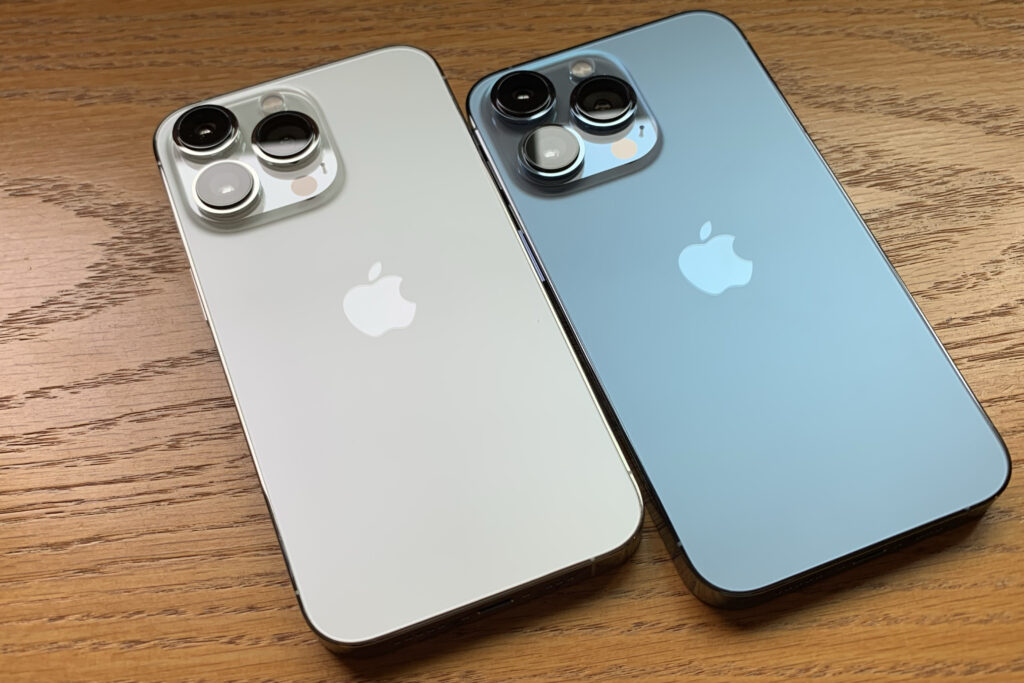How many people engrossed in their handhelds remember, or even know, what cellular devices were like before release of the original iPhone on June 29, 2007? Coincidentally, my daughter changed service providers today. She expressed surprise, and glee, at how easy was the process going from one iPhone model to another, including the automatic porting of her number.
When there appeared to be a glitch with that process, I called her carrier to ask about the transfer. My daughter unexpectedly rang, and with one tap I merged her incoming call with the one in progress. How amazing is that? And calling is one of the least used functions, when a plethora of apps and social media demand interaction and get it.
Apple cofounder Steve Jobs helped usher in this era of smartphone obsession—and convenience. He and his team took great risk, too, entering a crowded cellular device category by way of one carrier (AT&T), in a single market (United States), and with no previous development experience.
Jobs is gone, and the fruit-logo company takes fewer risks—choosing instead to iterate rather than innovate. That’s not a criticism. The strategy pays off for Apple, its customers and shareholders. But we mere humans might benefit from that breakthrough product that does something we never knew we needed until seeing it.
My “iPhone Turns 10” long-winded analysis is relevant enough to stand without my doing another like it. Better: “The iPhone Moment“, which tells my experience waiting with the first buyers at a nearby Apple Store 15 years ago today. Yeah, I got one, too.
Decade-and-a-half later, my wife and I each own iPhone 13 Pro, as you can see from the Featured Image captured using the iPhone XS. Vitals: f/1.8, ISO 25, 1/122 sec, 26mm; 1:02 p.m. PDT, Sep. 26, 2021.
